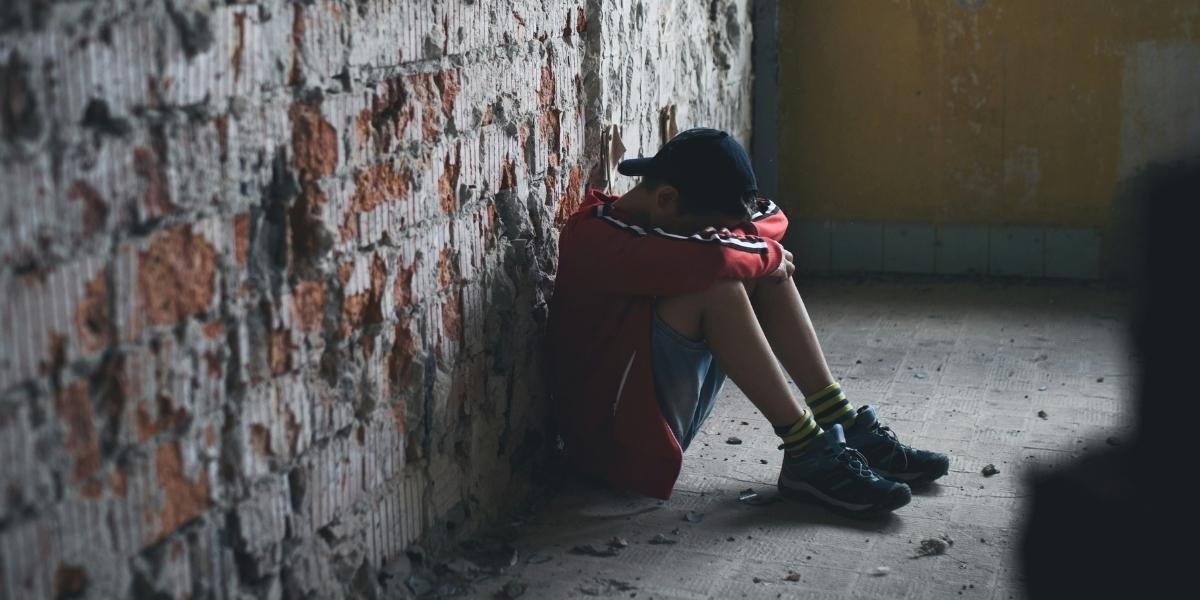By: Matthew Kayser
In a time when facts dominate public discourse and skepticism has become a cultural posture, a quiet yearning persists beneath the surface: the need for stories that reach beyond what we can explain. Stories that don’t merely inform, but transform, offering solace, mystery, and meaning.
Kieth Merrill’s novel The Color of Miracles arrives like a brushstroke against that backdrop. A narrative that confronts the collision of belief and doubt, healing and grief, through the eyes of a reluctant artist asked to paint the impossible. As the world recovers from multiple crises, pandemics, cultural dislocation, and institutional mistrust, Merrill’s story does something rare: it wonders out loud whether the act of caring, creating, and believing still has power.
The Artist and the Wound
Thomas Hall is not a hero in the traditional sense. He’s a successful fantasy muralist, known for prehistoric scenes and imaginative renderings. His fascination with color, especially blood-red alizarin crimson, is emblematic of his inner world: brilliant, technical, but emotionally distanced. He doesn’t believe in God, avoids sentimentality, and has little patience for agendas that try to tame or moralize his work.
When the Pacific Science Museum in Seattle hires him to paint a Cro-Magnon-themed mural, he views it as a professional challenge. But under the new leadership of Silas Hawker, a militant Darwinist eager to erase any whisper of religious influence, Thomas is pressured to strip the work of ambiguity. The museum becomes not just a workplace, but a battleground of ideology.
Things begin to unfold. Financial stress, an impulsive sailboat purchase, a mysterious fire at his studio, and pressure from his agent, Frank Berger, force Thomas into unfamiliar terrain. Then comes an unexpected offer: to create a mural for a new children’s healing center at St. Mark’s Hospital. A mural about miracles.
Healing Without Haloes
At first, Thomas resists. He doesn’t believe in divine intervention or biblical literalism. But Susan “Cass” Cassidy, the determined hospital liaison advocating for the mural, sees something in Thomas that even he has buried. Cass is smart, driven, and emotionally invested in a young burn victim named Christina. Christina is an orphaned girl who lost her mother in a car crash and clings to her violin as a remnant of her former self.
Cass takes temporary guardianship of Christina, and her growing bond with the child adds urgency to her work. She believes Thomas’s art can bring hope, not just decoration, but healing. The hospital board is divided: Dr. Barry Bradley supports Cass’s vision; the board president, ever skeptical, pushes for a more conventional (and European) artist. Hovering above them is Miss Von Horn, the devout descendant of the hospital’s founder, who insists the mural must include Jesus, not abstractly, but visibly.
Faced with Cass’s conviction and Christina’s pain, Thomas agrees to consider the project. But he must reconcile his secular instincts with the demands of faith, and find a way to depict healing that respects suffering without reducing it to piety.
Searching for Miracles
The novel follows Thomas through a series of interactions that challenge his worldview. He visits Reverend Mike and Jing-Wei, an interfaith couple living on a houseboat, who offer him contrasting insights into the nature of miracles. Mike is intellectual and skeptical; Jing-Wei is intuitive and rooted in quiet faith. Together, they push Thomas not toward conversion, but toward curiosity.
As Thomas researches Jesus’s miracles, not for their divine spectacle, but for their human resonance, he begins to sketch scenes of healing: a leper’s relief, a child freed from torment, a paralyzed man rising. These moments, he realizes, are not just about power; they’re about presence. Compassion. Seeing someone fully.
The transformation is subtle, but real. His art becomes less about fantasy and more about witness. Even as he faces conflicts at the museum, tension with his agent, and ghosts from his past, including a strained relationship with an aging man named Alexander, possibly his father, Thomas begins to allow other people’s stories into his own.
Between the Lines of Belief
The Color of Miracles quietly affirms that art, in its valid form, is an act of service. And that healing, like painting, is a process. Messy, slow, and often incomplete.
These are not small ideas. They resonate across the cultural landscape of a country and a state, grappling with questions of identity, community, and recovery. In California, for instance, where innovation often outpaces reflection, the novel’s meditation on slowing down and seeing people takes on renewed relevance. Hospitals in underserved areas struggle to bridge the gap between care and compassion. Art programs fight for funding in schools. And debates about faith, science, and public space unfold in city councils and university boards.
Here, too, murals matter. From Los Angeles alleyways to San Francisco Mission walls, the act of painting has long been political, emotional, and communal. Merrill’s fictional mural may be imagined, but its function is very real: to provoke, to comfort, to connect.
Why This Story Matters
In Christina, readers see the cost of trauma and the fragile courage of children. In Cass, they meet the kind of advocate every system needs: principled, persistent, and unwilling to let bureaucracy eclipse humanity. And in Thomas, they encounter a man standing on the threshold between detachment and engagement, between making art and making meaning.
The Color of Miracles is not about easy answers. It is about the hard, beautiful work of paying attention. It reminds us that miracles may not always look like divine interventions. Sometimes, they look like someone showing up. Someone trying.
And perhaps that’s the point. In a society jaded by performance and paralyzed by division, this novel quietly invites us to consider that transformative things in life, kindness, courage, and creation, are not supernatural at all. They are deeply human.
Even if we don’t believe in miracles, maybe we can learn to see them.
A Final Note
In a time when society craves authenticity and deeper connection, The Color of Miracles extends an invitation to reflect, create, and care. Through richly drawn characters and a narrative that values emotional truth, Kieth Merrill challenges readers to consider what it really means to heal, and to help others do the same.
For those interested in exploring this novel, The Color of Miracles is available on Amazon and can also be found and reviewed on Goodreads.









